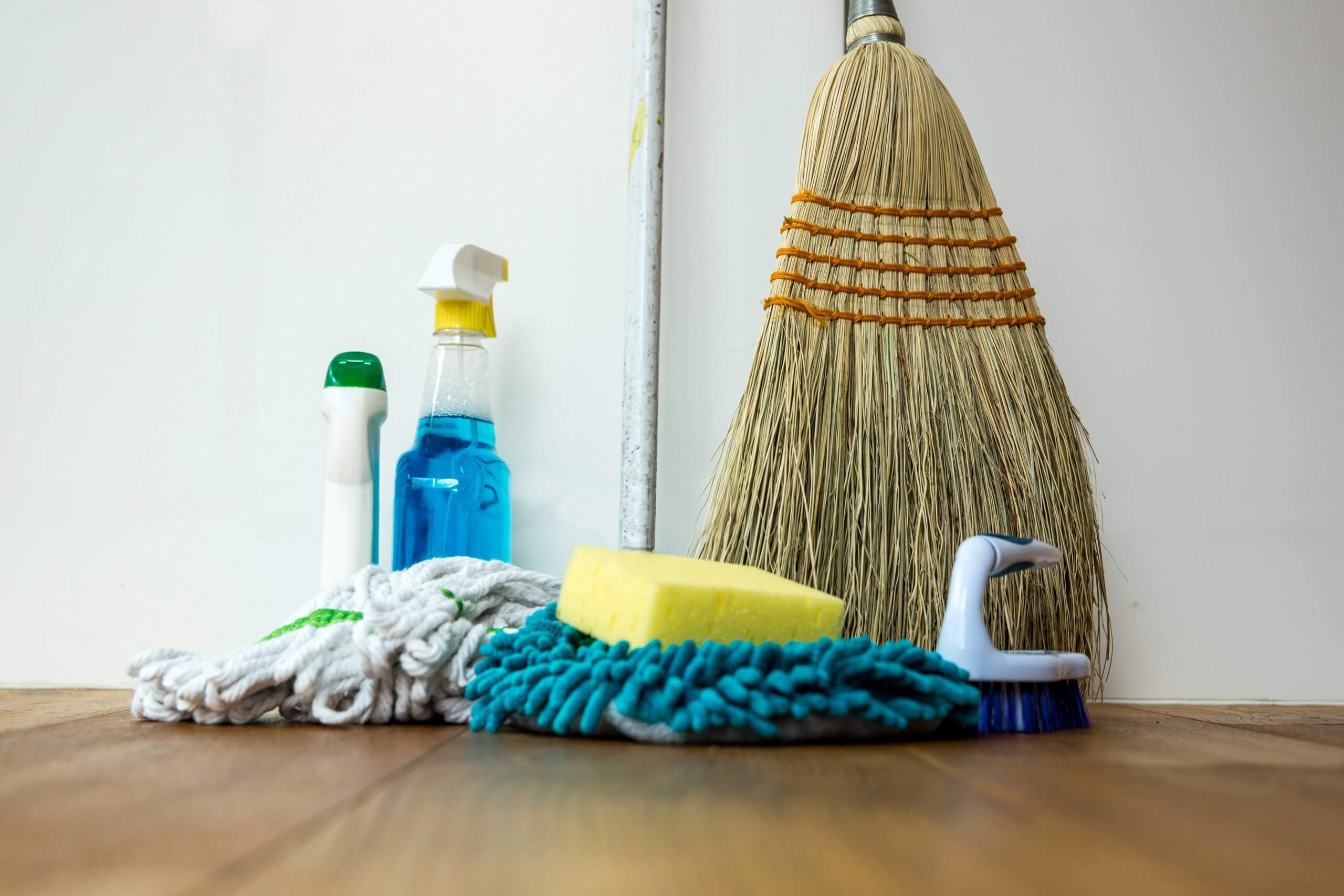How to Remove Limescale from Toilet Bowl
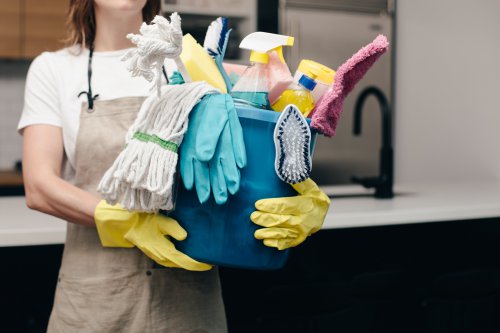
What is limescale?
When water with a high mineral concentration, especially calcium and magnesium ions, evaporates or is heated, limescale, also known as calcium carbonate or calcite, develops. If not periodically removed, it can accumulate in pipes and appliances like kettles, leading to decreased efficiency and damage. If tackling this problem seems overwhelming, contacting a UK cleaning company can ensure thorough and professional results.
Why is it important to remove limescale?
Because limescale can create a number of issues, it must be removed. It causes equipment like kettles and boilers to operate less efficiently, resulting in higher energy usage. Water pressure can be reduced and flow restricted by limescale deposit in pipes.
What does not work in removing limescale?
There are a few methods for cleaning limescale that are less efficient or even dangerous. Despite being frequently recommended, vinegar might not be effective on severe limescale buildup. Surfaces can be damaged by scrubbing with harsh chemicals or abrasives.
How to clean limescale
Before starting your limescale removal task, do not forget to drain the water in your toilet bowl. It will help any products you selected to interact with the surface of the toilet bowl better and remove the limescale quicker and more effectively.
There are many specialised cleaning products intended for limescale removal. Domestos, for example, is effective at removal. It efficiently removes limescale spots on the toilet bowl and disinfects the surface. Do not forget to carefully follow the instructions on the labels to avoid direct contact with the skin.
The chemicals which are used in cleaning agents for bathrooms and toilets are very aggressive. Therefore, we recommend you keep it far away from children and animals, and don’t forget to wear rubber gloves.
If you are concerned about the safety of your house cleaning products, it is much better to call the professionals from eMop. We carry out fast and high-quality cleaning with eco-friendly materials which are absolutely safe for your health.
Cleaning with sandpaper
Sandpaper can be used to remove limescale, albeit it may not be fun to do so. Sandpaper comes in a range of different grains, from mild to rough, and is available in all hardware stores.
Sandpaper should be carefully rubbed in a circular motion over the afflicted surface to remove limescale. Avoid scratching by using fine-grit sandpaper. Clean up any leftovers by rinsing and wiping the area.
Cleaning with vinegar
With its ability to dissolve a limestone buildup and remove uric stone deposits, vinegar is an acid that results from the fermentation of alcohol and carbohydrates.
Baking soda and a little water can be combined to create a paste that can be used to remove limescale. Apply the paste to the regions that have limescale damage, then leave it on for 15 to 20 minutes. After that, wash the area completely with water, scrub with a non-abrasive toilet brush or towel, and wipe dry.
Bleach
When using these kinds of chemical-based cleaning products, you should wear gloves as a good idea to prevent putting bleach on your skin. After letting it soak for around 30 minutes, flush the toilet to complete.
Pumice stone
When using a pumice stone to clean, be sure that both the stone and the toilet are moist; otherwise, the porcelain may be scratched. For a limescale remover, use the stone to massage at it before adding as much water as you need to the area.
Lemon Juice and Vinegar
The acid in lemon juice and the potency of vinegar are two elements you actually need, though, to remove limescale efficiently. The combination of these two substances makes for one of the most effective cleaning methods for removing hard-to-reach limescale.
Simply spray the solution onto the troubled area, let it sit for at least an hour (or ideally overnight for more difficult stains), and then scrub the limescale away.
Using coca cola
One of the greatest solutions to use to prevent limescale spread is Coca Cola, which, once more, may seem like a weird suggestion. When put in your toilet bowls, it is quite beneficial.
Pour one litre of Coca-Cola into the toilet bowl to test this procedure, then let it sit for an hour. It has time to perform its magic as a result. There won’t be any more limescale when you return an hour later, scrub the toilet bowl well, and flush.
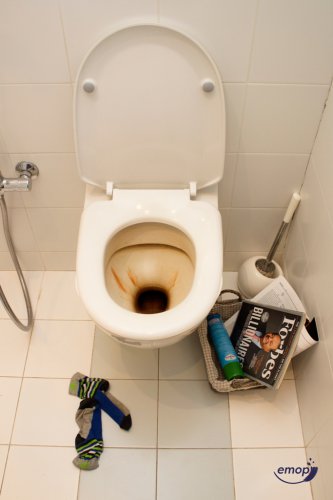
Removing limescale from other parts of the home
Taps and fixtures for bathrooms
Mix white vinegar and plain water in equal quantities to get rid of limescale build up from bathroom taps and other fixtures. To treat the problematic regions, soak a cloth or sponge in the solution, apply it there, and then scrub and thoroughly rinse after 30 minutes.
If this is difficult for you to employ elbow grease, contact our cleaners in London or other parts of the United Kingdom.
Kettles
Fill a kettle halfway with a mixture of white vinegar and water to eliminate limescale. The solution should be brought to a boil before being left to stand for an hour. Thoroughly rinse, briefly boil some plain water, and then throw away. Make use of a non-abrasive brush or cloth to remove any last residues.
Coffee machine
White vinegar and water should be dissolved in a 1:1 ratio to make a solution that may be used to clean limescale from coffee makers. Rinse well thereafter using several cycles of plain water. With a soft brush or cloth, remove any leftover debris.
Washing machines
The limescale stains that develop in washing machines can also be easily removed with a few straightforward techniques. Pour a hefty cup of vinegar or lemon juice into the washing machine’s detergent compartment to remove limescale. Limescale should be removed by starting a normal wash cycle and running the machine until it is empty.
Dishwashers
Put a cup of white vinegar in a dishwasher-safe container on the top rack and run a cycle without any dishes to eliminate limescale from a dishwasher. As an alternative, you might use a dishwasher cleaner made especially to get rid of limescale. Repeat as necessary to remove any persistent deposits.
Shower heads
Half white vinegar should be placed in a plastic bag and fastened to the shower head with a rubber band in order to eliminate limescale from the head. After leaving it on for the night, remove it, rinse it off, and use a brush or toothbrush to gently clean away any leftover deposits.
Shower screens
White vinegar and water should be combined in equal parts to remove limescale from glass shower screens. The solution should be applied to the limescale deposits, allowed to remain for a few minutes, and then scrubbed with a soft sponge or cloth. Repeat the rinsing process as necessary. Regular cleaning can aid in preventing accumulation.
Water conduits
The fact that limescale is always present in water causes it to build up on the water pipes as well. This can be solved by pouring a solution of white vinegar and baking soda down the drain. When rinsing, throw boiling water down the drain after allowing it to sit for a few hours.
Tiling in the kitchen and bathroom
The tiles in the kitchen and bathroom also require limescale treatment due to the frequent water spills that occur on them. Use a spray bottle to apply a mixture of half vinegar and half water on the area. It should be straightforward to remove when some time has passed.
The best way to get limescale out of tap water
- Installing a water softener system will eliminate the calcium and magnesium ions that cause limescale to build. It creates softer water by exchanging these ions with sodium or potassium ions.
- Remove mineral ions from water, particularly those that cause limescale, by employing a reverse osmosis water filtration system.
- To reduce limescale in the water, boil the tap water and let it cool before using. This can cause certain minerals to precipitate and settle. It might not, however, be as efficient as specialised filtration techniques.
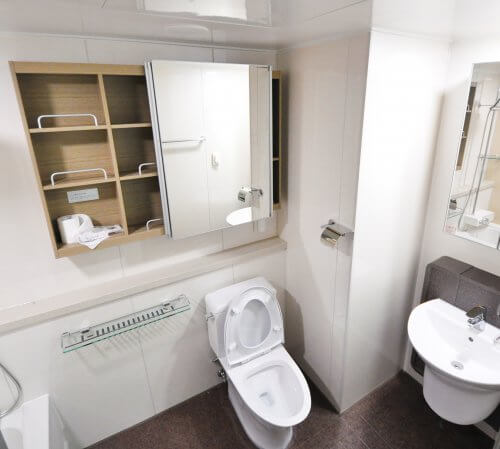
If you need domestic deep clean services, contact eMop.
FAQs
What dissolves limescale fast
Due to their acidic natures, white vinegar and citric acid are good in fast removing limescale. Effectively dissolving and removing stubborn limescale deposits is possible with them.
What is the best cleaner for hard limescale?
The most efficient and secure method for removing stubborn toilet limescale is typically a descaling solution made specifically for it, frequently adding citric acid or acetic acid.
Does salt remove limescale?
The removal of limescale with salt alone is not very efficient. Although it might aid in water softening, limescale buildup won’t be efficiently removed or dissolved by it.
Does boiling water stop limescale?
Limescale is not eliminated by boiling water. As the water evaporates, it concentrates minerals, which can exacerbate the issue by causing further limescale buildup.
You may also be interested in reading our how to clean grout article.
We also suggest reading our helpful guide on how to clean your house like a professional.

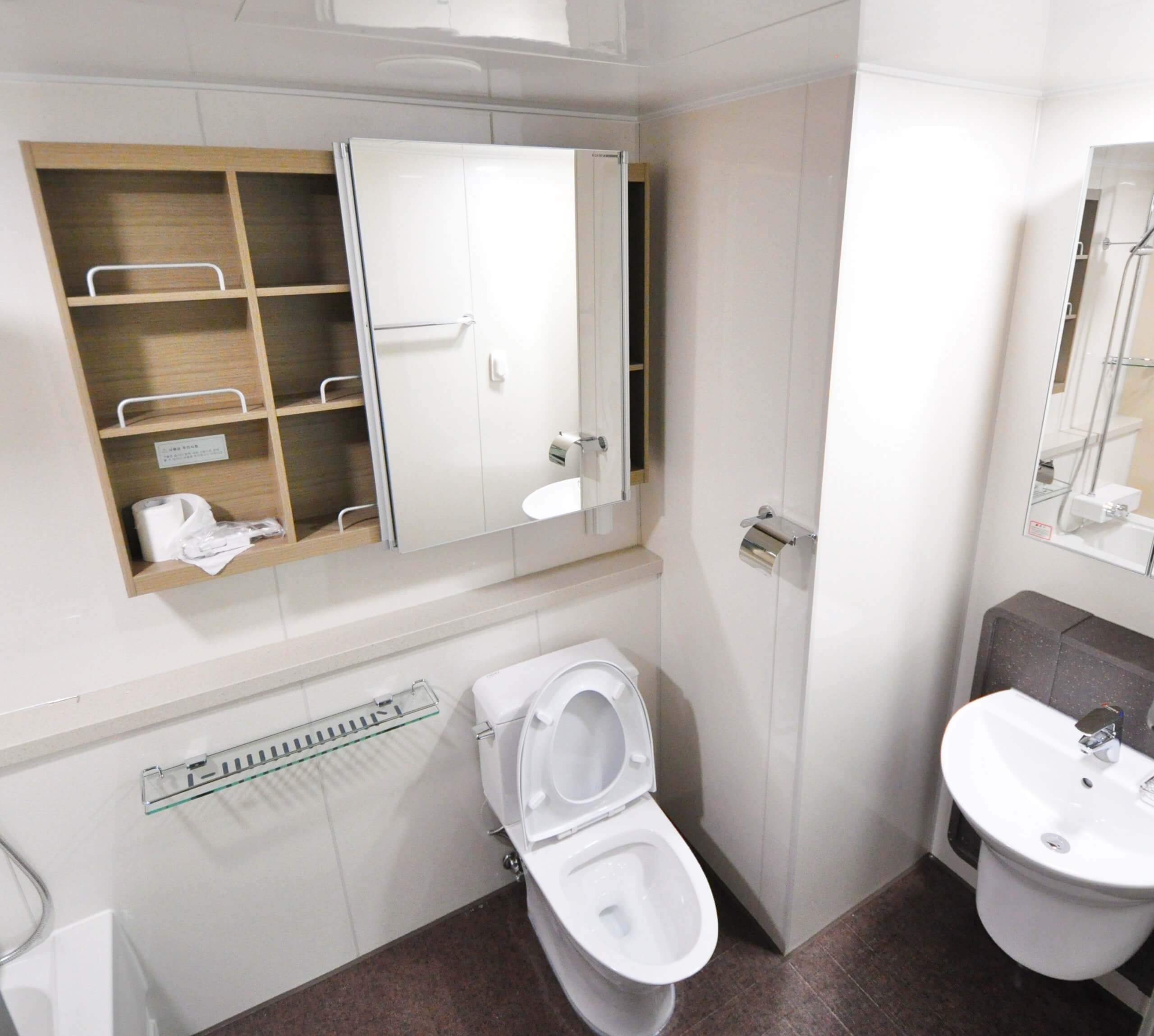



 Blog
Blog
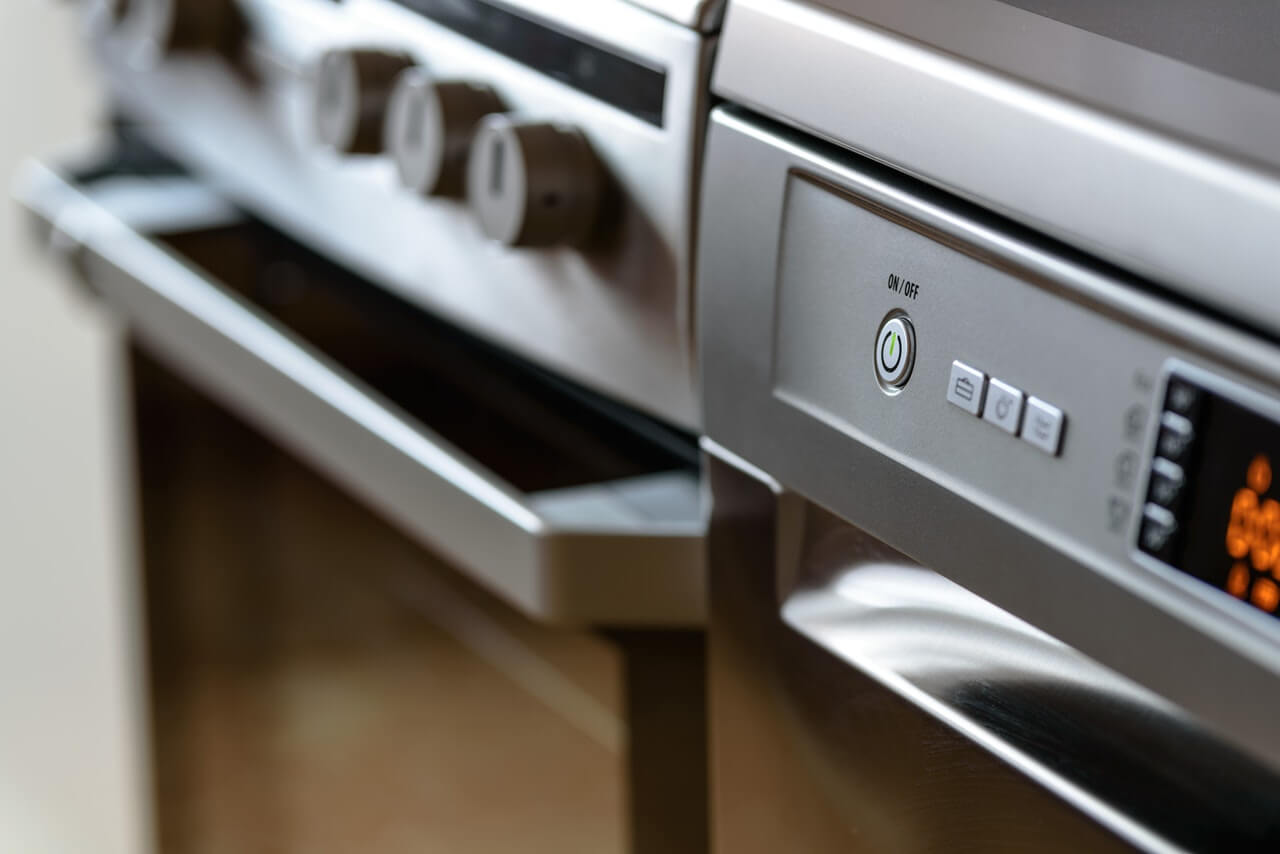
 Previous Post
Previous Post